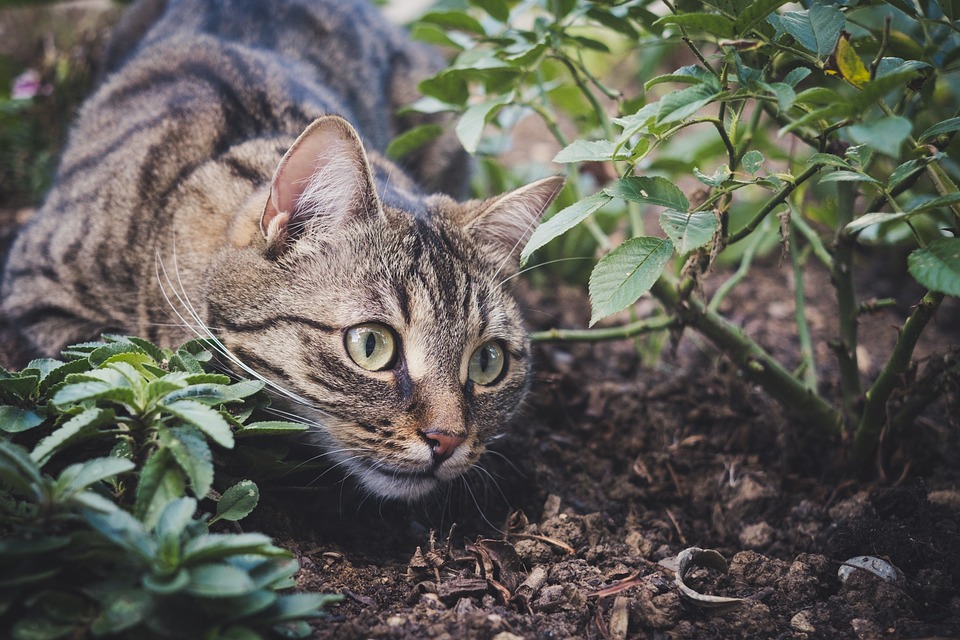As cat owners, it is our responsibility to take care of our furry friend’s overall health and well-being. While we often focus on their diet, exercise, and grooming, one area that is frequently overlooked is their ears. However, cats can experience various ear problems, and it is essential to recognize and address these issues promptly. In this article, we will discuss the most common ear problems in cats, their causes, and effective ways to address them. Additionally, we will answer some frequently asked questions regarding cat ear care.
**Common Ear Issues in Cats**
Ear problems can affect cats of all ages and breeds. Here are some of the most common ear issues in cats:
**1. Ear Mites:** Ear mites are tiny parasites that commonly affect cats, especially those who spend time outdoors or come into contact with other infected animals. These mites can cause intense itching, inflammation, and a dark, coffee ground-like discharge in the ears.
**2. Ear Infections:** Bacterial or yeast infections can occur in a cat’s ear due to moisture build-up, allergies, or immune system issues. Symptoms of ear infections include redness, swelling, discharge, and a foul odor.
**3. Polyps and Tumors:** Cats can develop non-cancerous growths called polyps or malignant tumors in their ear canals. These growths can cause discomfort, hearing loss, and balance problems.
**4. Allergies:** Cats can be allergic to certain foods, environmental factors like pollen or dust mites, or even certain grooming products. Allergic reactions can lead to itchy and inflamed ears.
**5. Foreign Objects:** Curious cats may occasionally get small objects, such as grass seeds or debris, lodged in their ears. This can cause irritation, pain, and even infection if left untreated.
**Recognizing Ear Problems**
It is essential to recognize the signs of ear problems in cats so that appropriate action can be taken. Here are some ways to recognize ear problems:
**1. Physical Symptoms:** Watch out for signs like redness, swelling, discharge (bloody, pus-like, or black), excessive wax build-up, or a foul odor emanating from your cat’s ears. Additionally, cats may scratch their ears excessively, shake their heads frequently, or tilt their heads to one side.
**2. Behavioral Changes:** Ear issues can also manifest through behavioral changes. If your cat becomes unusually irritable, withdrawn, or shows signs of discomfort when being touched near the ears, it may indicate an underlying ear problem.
**Addressing Ear Issues**
Once you have recognized an ear problem in your cat, it is crucial to address it promptly. Here are some ways to address ear issues:
**1. Regular Cleaning:** Routine ear cleaning is essential for maintaining your cat’s ear health. Use a veterinarian-recommended ear cleaning solution and gently wipe the outer ear with a cotton ball or pad. Avoid inserting anything into the ear canal to prevent injury.
**2. Veterinary Examination:** If you suspect an ear problem, it is crucial to seek professional help. A veterinarian will thoroughly examine your cat’s ears, potentially using an otoscope, to identify the underlying cause and provide appropriate treatment.
**3. Medications and Treatments:** Depending on the diagnosis, your veterinarian may prescribe medications such as antibiotics, antifungals, or ear drops to combat infections, mites, or inflammation. Follow their instructions carefully and complete the full course of treatment.
**4. Home Remedies:** While some home remedies may provide temporary relief, it is always best to consult with a veterinarian before trying them. Common home remedies include using diluted apple cider vinegar as an ear cleaner or applying a warm chamomile tea compress to soothe inflammation.
**Frequently Asked Questions (FAQs)**
Here are some frequently asked questions regarding cat ear care:
**1. How often should I clean my cat’s ears?** It is generally recommended to clean your cat’s ears once a month or as advised by your veterinarian. However, some cats with specific conditions may require more frequent cleaning.
**2. Can I use cotton swabs to clean my cat’s ears?** No, it is not advisable to use cotton swabs or any sharp objects to clean your cat’s ears. This can push debris further into the ear canal, potentially causing harm.
**3. Can I use over-the-counter ear drops for my cat’s ear infection?** It is crucial to consult a veterinarian before using any over-the-counter products on your cat’s ears. Some medications may not be suitable for feline use, and the wrong treatment can worsen the condition.
**4. My cat’s ears smell bad. What could be the cause?** A foul odor from the ears is often associated with an ear infection. It is recommended to consult a veterinarian for a proper diagnosis and treatment.
**5. What can I do if my cat has a foreign object stuck in its ear?** If you suspect a foreign object in your cat’s ear, do not attempt to remove it yourself. Take your cat to the veterinarian immediately, as they have the necessary tools and expertise to safely remove the object.
**6. Can I prevent ear problems in my cat?** While not all ear issues can be prevented, some preventive measures include regular ear cleaning, maintaining a clean living environment, monitoring your cat’s diet for potential allergens, and scheduling routine veterinarian check-ups to catch any issues early on.
By being attentive to your cat’s ears and promptly addressing any problems, you can ensure their comfort and prevent more severe complications. Remember, regular veterinary care and professional guidance are vital for maintaining your cat’s ear health.








